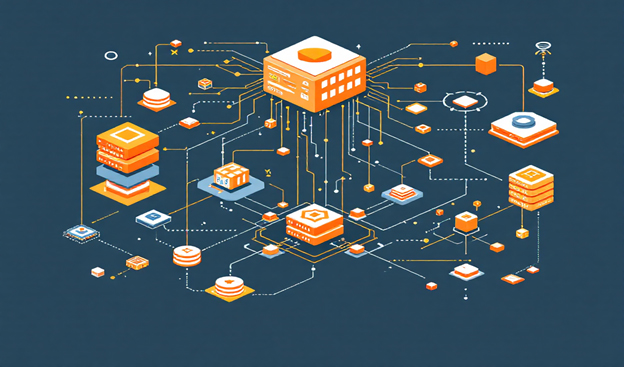In a thorough exploration of modern data infrastructures, Venkata Surendra Reddy Appalapuram analyzes how hybrid data processing architectures are reshaping the way organizations manage latency, complexity, and resource usage. An established researcher in engineering technologies, the author brings deep insight into the technical and strategic considerations of these evolving systems.
The Rise of Hybrid Thinking in Data Processing
With growing data-driven demands across industries, the shortcomings of traditional batch processing systems have become increasingly apparent. Though once ideal for handling large data volumes, these systems fall short in delivering timely insights. Hybrid architectures have emerged to address this gap, combining batch and streaming approaches to meet diverse business requirements. By leveraging both paradigms, organizations can gain meaningful insights from historical data while simultaneously reacting to real-time events with greater speed and accuracy.
Why One-Size-Fits-All No Longer Works
Data processing paradigms each come with strengths and drawbacks. Batch processing excels in handling high-volume analytics but suffers from latency, making it unsuitable for real-time decisions. In contrast, streaming systems provide immediate insights yet often involve greater complexity and higher resource demands. Hybrid architectures address this balance by integrating both paradigms, enabling organizations to customize their data systems to meet diverse needs for latency and throughput, ensuring both timely responses and comprehensive analysis within a unified framework.
Exploring Three Architectural Pathways
- The article compares three hybrid data architectures: Separate Pipelines with Unified Storage, Lambda, and Kappa. Separate Pipelines optimize batch and streaming independently with shared storage. Lambda Architecture uses batch, speed, and serving layers for accurate, timely insights but requires duplicated logic. Kappa Architecture streamlines processing with a single pipeline for all data, reducing maintenance but facing challenges with large historical data scalability. Each model offers unique trade-offs.
Frameworks Bridging Batch and Stream
Key to the success of hybrid architectures are frameworks like Apache Spark Structured Streaming and Apache Flink. Spark’s micro-batch model allows developers to use the same API for both batch and streaming data, promoting code reusability. Flink, in contrast, treats batch processing as a bounded stream, naturally aligning with the Kappa model. Emerging frameworks are further innovating in this space, offering domain-specific optimizations and better abstractions for developers.
Storage: The Quiet Cornerstone
Hybrid architectures hinge not only on processing logic but also on robust storage strategies. Effective systems need to cater to conflicting needs; batch processes benefit from columnar formats, while streaming systems require low-latency row access. Solutions often include multi-tiered storage architectures and intelligent data partitioning. Additionally, these systems must support schema evolution and ensure backward and forward compatibility without interrupting ongoing operations.
Getting Semantics Right: Exactly Once and Idempotency
Data accuracy across hybrid systems is paramount. Ensuring exactly-once processing where each piece of data impacts outcomes only once demands complex coordination between system components. In tandem, idempotency principles allow repeated operations to produce consistent results, providing a safeguard against failures. Together, they ensure data integrity without excessive overhead.
Performance Trade-offs in the Real World
Empirical analyses reveal that different architectures excel in different domains. For example, systems using the Separate Pipelines model offer flexible latency responses for industries like e-commerce. Lambda Architectures find a place in environments where consistency and auditability matter, such as in financial monitoring. Kappa Architectures thrive in settings like IoT, where uniform real-time data flows dominate.
Performance benchmarks also show that Kappa systems tend to have lower maintenance costs due to unified logic, while Lambda systems trade higher operational complexity for robust reconciliation and analytics.
Strategic Choices for a Flexible Future
Hybrid architectures are not one-size-fits-all solutions but strategic tools tailored to organizational needs. The choice between Lambda, Kappa, and Separate Pipelines hinges on various factors: legacy infrastructure, latency requirements, real-time versus historical needs, and maintenance capacity. As new frameworks continue to merge batch and streaming models even further, the future promises reduced complexity without compromising performance.
In conclusion, Venkata Surendra Reddy Appalapuram’s study underscores a critical shift in data engineering: the move from isolated paradigms to integrated, flexible systems that reflect real-world demands. As data landscapes evolve, hybrid architectures will likely remain central to how organizations optimize operations, streamline decision-making, and future-proof their infrastructure.






